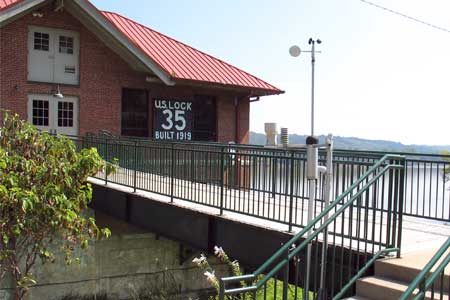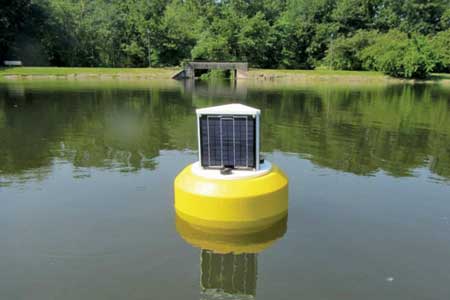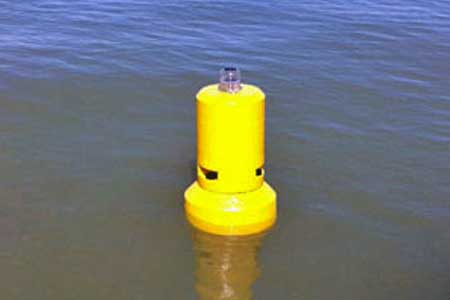Pond Aquaculture Monitoring

Pond aquaculture is one of the major sources of fish produced for human consumption worldwide. While pond design and species cultivated varies widely, all operations depend on maintaining healthy water quality. Pond aquaculture monitoring systems can help to ensure optimal conditions for production, avoid excess resource consumption and environmental pollution, and alert for any rapid changes in conditions.
Pond Aquaculture

Typical Pond Aquaculture Monitoring System
Maintaining healthy water quality is essential in any pond aquaculture operation, and especially in non-drainable ponds where water is not circulated. Pond aquaculture monitoring systems can have a threefold effect of helping to minimize inputs (and therefore costs), optimize fish production, and reduce contamination and pollution that may escape pond facilities.
A typical system consists of a mast-mount X3 environmental data logger with wireless communications for transmitting real-time data. The system can be powered from an AC power supply or independently with an SP-Series solar power pack.
The X3 is compatible with a wide range of sensor types including most industry-standard water quality sensors. Multiparameter water quality sondes including those from YSI, Hydrolab, Eureka, In-situ and others incorporate several sensors into a single instrument housing. An instrument such as the YSI EXO3s can deliver most of the important water quality parameters in a relatively cost-effective package.
Systems transmit data wirelessly to the WQData LIVE web datacenter for data management and remote logger controls. WQData LIVE offers a rich feature set for viewing, manipulating, reporting and exporting data. Quick Alerts and Alarms can be configured to provide notice immediately when out of range measurements are registered.
In cases where other measurements are of interest, the X3 is compatible with weather stations, water level sensors, flow meters and many other sensor types. Multiple sensor ports facilitate simultaneous connection of several sensors directly or via profiling strings. Buoy-based deployments are also possible for placement of instruments at any location in a pond.
Contact a NexSens Applications Engineer today to discuss your pond aquaculture monitoring application.

Case Studies
Ohio River Biology Field Station
With its position along the Ohio River, the Thomas More College Biology Field Station is in a prime spot to advance education and research on the waterway. Studies there include fathead minnows and Asiatic clams, as well as the river’s toxicity. A YSI Multi-Parameter Water Quality Sonde monitors a fish tank where fathead minnows are raised.
Read MoreCampus Pond An Educational Tool
A small campus pond on the New Paltz branch of the State University of New York has a big effect on water quality downstream. Called “The Gunk” by students and staff because of its position near the Shawangunk Mountains, the pond flows directly through the Wallkill River, a tributary of the mighty Hudson River that crosses all of eastern New York.
Read MoreUnderstanding Lake Erie Walleye Hatches
Lake Erie is described by many as the “walleye capital of the world,” but dwindling populations of the fish pose a concern for Great Lakes fishermen. The Ohio Department of Natural Resources’ Division of Wildlife Sandusky Fish Research Unit is exploring whether walleye spawns are affected by lake currents using two current-tracking data buoys.
Read More






